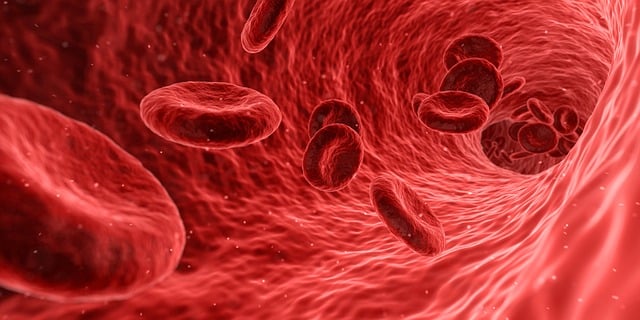
Side Effects of Testosterone Replacement Therapy
Side effects from testosterone replacement therapy occur infrequently and almost invariably are related to the dose of testosterone being used. But, there can also be allergic reactions or side effects related to the oil suspension used with testosterone injections (not very often), Testosterone cypionate comes in cottonseed oil, and testosterone enanthate comes in sesame seed oil.
The most common side effects of testosterone replacement therapy include the following:
- Oily skin/acne
- Water retention
- Breast tenderness and/or enlargement
- Increased red blood cell count (hemoglobin and hematocrit)
- Hair thinning
- Acne
These side effects of testosterone replacement therapy can be managed in most cases simply by adjusting the dose of testosterone, or in the case of testosterone injections performing more frequent injections of smaller doses of testosterone.
Water retention and breast tenderness/enlargement are the result of the conversion of testosterone to estradiol. This occurs even with the testosterone you naturally make. Taking 50 mg of zinc two to three times a day can block some of this conversion.
The enzyme that converts testosterone to estradiol lives in the fatty tissues. That’s why fatter men tend to have man boobs. So losing fat will minimize this conversion, too. In some cases, however, it is necessary to prescribe a medication called anastrozole (Armidex) to adequately block the conversion to estradiol. This medication is usually only taken once or twice a week.
Hair thinning is the result of the conversion of testosterone to DHT or dihydrotestosterone by the 5 alpha reductase enzyme that lives in the skin. DHT is good for libido, but too high a level can cause hair thinning.
Elevated DHT levels occur more often with testosterone gels/creams since they are applied to the skin where the enzyme lives. More of the enzyme is found in areas of the skin where there is more hair so if elevated DHT levels are a problem applying gels/creams to non-hairy skin can help.
Sometimes, though, it is necessary to prescribe a medication called finasteride to block the conversion to DHT. Usually, one mg two to three times a week is all that is needed. The goal is to lower DHT enough to prevent hair thinning, but not too much to adversely affect libido.
Testosterone in the old days was frequently used to treat anemia related to chronic disease because it stimulates the bone marrow to make more red blood cells. With the use of any testosterone replacement, the hemoglobin and hematocrit can get too high.
The treatment is to either lower the dose of testosterone (usually not desirable) or donate a unit of blood every 4 to 8 weeks if you have elevated hemoglobin and hematocrit.
That’s why it is important to have periodic lab work done to make sure these lab parameters stay in a healthy range while on testosterone replacement therapy.
